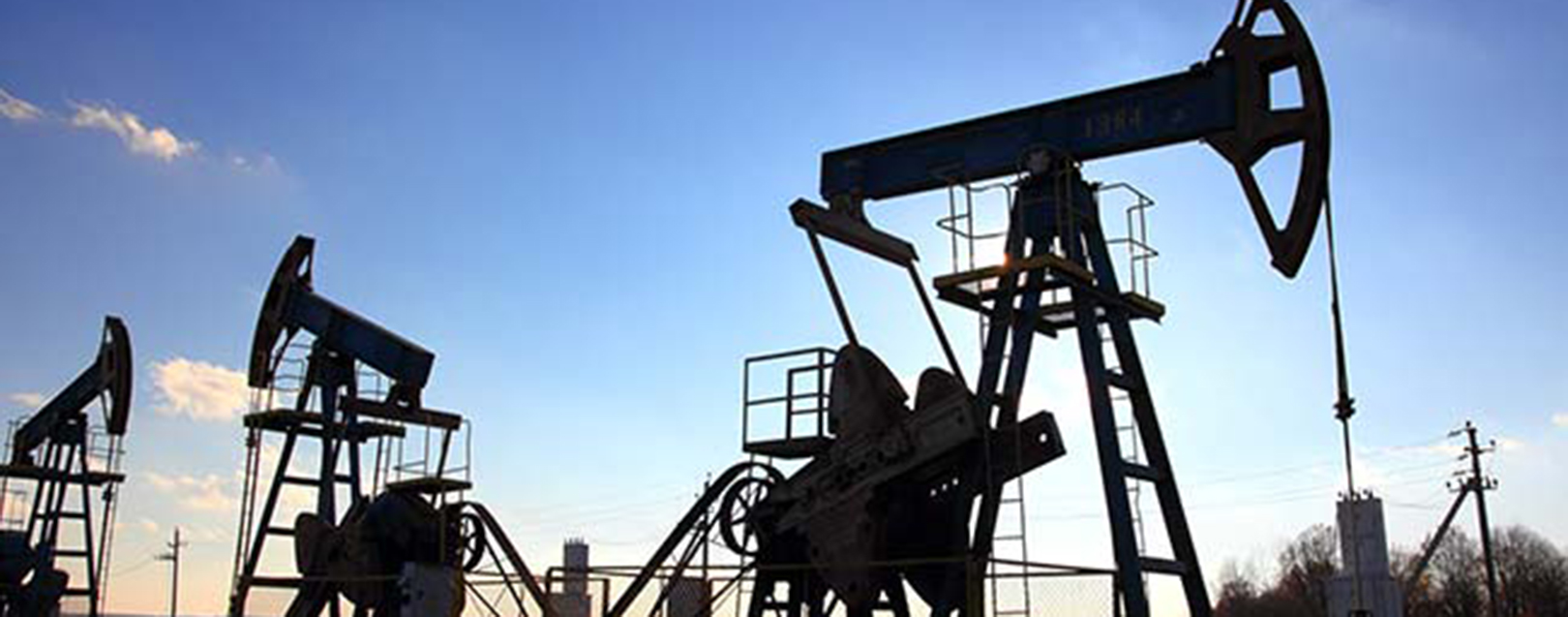
The dozen OPEC members and Russia need oil price to be anywhere between $77 to $184/barrel. 20% of India’s exports are to these 13 nations. Apparently, the oil price slump isn’t pleasing all
Steven Philip Warner | The Dollar Business
Since early last fall, a phenomenon has been terrorising governments (economies) and businesses more than terrorism itself. Oil prices. Simply put, the manner in which price of this commodity has nosedived is a result of Western policy failure, ghastly obstinacy on the part of OPEC to hold the world to ransom, and the ego trip that America can’t do without. [Mr. Putin, your ‘rouble trouble’ will stay; Mr. Maduro, our condolences for your mismanaged-macroeconomic-misfortune, but most don’t know your name yet!]
Amidst much impasse and chaos, oil has slipped. Its physical state now being reflected quite unconditionally in its price. From $115-a-barrel in June 2014, today (as on Jan 19, 2015), it can be had at $48-a-barrel. This is quite an economic representative of Alan Eustace’s perilous leap; only, the oil price drama carries a cross-continental prospect of contagion and reveals again how a few power circles can change how currencies and consumers dance about worldwide. Occurrences such as these can change equations between trading nations most unfairly. Undoubtedly, the precipitous fall in oil price has given unwanted forehead wrinkles to India too.
The chart depicting movement of crude oil prices is the ECG report of globalisation. And when the crest or trough is overshot, it’s concern time. The Brent-WTI price disparity, Chinese economic juggernaut slowing down, geo-economic crisis in Russia, prolonged troubles in EU, recession-stung Japan, etc., when debated alongside loss of revenues for oil-exporting nations, sound all too bad for India’s exporters. Take the case of UAE & Saudi Arabia – two oil exports-driven economies (these accounted for half of India’s forex revenues from the top four export markets in FY2014). Of the $525.11 billion in export earnings of these nations in 2013, 82% was from oil! Clearly, a slump in price of this commodity will impact their imports from India. As per Deutsche Bank and IMF, these nations need the price of oil to be much higher than current levels to avoid tolerating a deficit-led economic climate. The dozen OPEC members and Russia need oil price to be anywhere between $77 to $184/barrel. 20% of India’s exports are to these 13 nations. Apparently, the oil price slump isn’t pleasing all.
Another area where overseas trade could be impacted if oil prices continue to slip or remain at current levels for long is a fall in foreign investments into India. At present, a big slice of funds that flow into our nation are sovereign wealth and insurance funds. Translation: if UAE, Saudi Arabia, Qatar, Kuwait, etc., witness deficits, capital flows into India will dry up.
It’s not all about nursing grievances though. Fall in oil prices mean relief on the CAD front for a nation that imports 75% of its oil requirements. At the same time, the resultant fall in subsidies (as per a Morgan Stanley report, every $10 per barrel fall in oil price will reduce India’s subsidy bill by $6.5 billion) and increased consumer spending while keeping inflation in check, will mean some relief. Fall in fuel prices could also give the fillip to our Make in India stance. Relief that comes in the form of cheaper power could actually mean a rise in investment in capacity and innovation across industries ranging from automobile to infra to IT hardware – which will enable immensely India’s export competencies. And if the fall in oil prices do infuse some energy into the EU, Japanese and Chinese markets (as a stimulus long-awaited), the Indian export community will have found more than just fueled-up peace.
Despite the reduced demand forecasts of oil by various agencies, in time, market economics will get both price and demand back on the rails – call this preaching the goldilocks principle if you will. Yes, there is that initial fear that accompanies the idea of oil prices falling further and export markets vanishing for our manufacturers. But was a ‘macroeconomic fear’ missing when oil breached the $140 a barrel level in 2008 (albeit on a different note)?
Oil prices may have bottomed out at the $45-$50 range. And the good and ugly (for India and its foreign trade) that we’ve imagined may just prove extremities. Oil prices do have this knack of moving in the opposite direction too soon. But...it ain’t over till the fat lady sings.
Get the latest resources, news and more...
By clicking "sign up" you agree to receive emails from The Dollar Business and accept our web terms of use and privacy and cookie policy.
Copyright @2025 The Dollar Business. All rights reserved.
Your Cookie Controls: This site uses cookies to improve user experience, and may offer tailored advertising and enable social media sharing. Wherever needed by applicable law, we will obtain your consent before we place any cookies on your device that are not strictly necessary for the functioning of our website. By clicking "Accept All Cookies", you agree to our use of cookies and acknowledge that you have read this website's updated Terms & Conditions, Disclaimer, Privacy and other policies, and agree to all of them.

